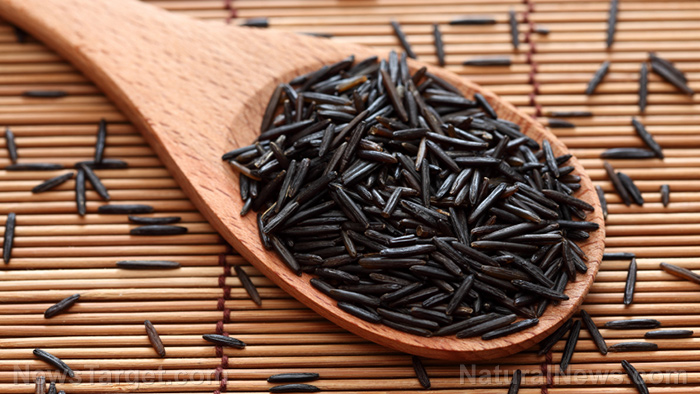
As an essential component in Asian cuisines, rice has been a hot topic of discussion among health and fitness buffs. While opinions on the health benefits of this staple food vary, the commonality among all these claims boil down to one thing: color.
A recent study has revealed that black rice could reduce the impact of high-fat diets by reducing the accumulation of fat in the liver, which, in turn, prevents obesity.
The study, published in the Journal of Medicinal Food, highlighted the anti-obesity effects of black rice. Using animal models, the researchers found that supplementation with black rice can inhibit the accumulation of fats in the liver, even in mice fed with a high-fat diet. Forbidden rice also reduces triglyceride and low-density lipoprotein (LDL) cholesterol levels while increasing high-density lipoprotein (HDL) levels. High LDL and triglyceride and low HDL concentrations are commonly observed in obese individuals and are risk factors in heart disease.
The researchers concluded that black rice has anti-obesity effects because of its ability to reduce the accumulation of fat and promote its breakdown in the body.
History of the forbidden rice
Rice is generally a healthy addition to your diet, but the healthfulness varies between different types of rice. Some rice types are shunned by nutritionists while others are considered extremely nutritious and offer a lot of health benefits.
White rice, for instance, is the most commonly consumed variety. Unfortunately, it has a somewhat unsavory reputation among members of various health communities. Not only is it a highly processed food, it also has a glycemic score of 64, which means that eating a lot of it could increase your risk of developing Type 2 diabetes.
White rice also lacks most of the essential vitamins and minerals present in other types of rice. There are even studies that link this grain to an increased risk of hypertension and metabolic syndrome. If you happen to like rice, white might not be the way to go, especially if you want to lose weight.
Black rice, on the other hand, is a much healthier variety than white rice. History of its healthiness goes all the way back to ancient China, where Chinese nobles believed that eating it could improve the kidneys, stomach and liver. It was so valuable that common folk couldn’t gain access to the grain and were forbidden from growing and eating it. Because of this, black rice gained its intriguing nomenclature: the “forbidden rice.”
Centuries later, black rice is anything but forbidden. In fact, health enthusiasts are now encouraging its consumption for the following reasons:
- It is nutritious – The characteristic color of black rice comes from anthocyanins, the same plant pigments that give blueberries their deep hue. Anthocyanins are powerful antioxidants linked to multiple heart and brain-related benefits. Compared to white rice, black rice also has more protein and detoxifying phytochemicals.
- It has little sugar – With a GI score of only 42.3, lower even than brown rice’s 44, black rice is considered low-glycemic. For this reason, it is considered a much healthier option for people with diabetes than white rice.
- It has plenty of fiber – Dietary fiber performs different roles in the body. Your digestive system cannot fully digest it, so it becomes food for the friendly bacteria in your gut. It also slows down the metabolism of sugar, preventing the rapid spikes in blood glucose levels that cause Type 2 diabetes. Finally, it helps you stay full longer, which is one reason black rice is considered good for weight loss.
Adding black rice to your diet
One of the winning qualities of white rice is that you can cook it in the simplest of ways — just boil it and you’re good to go — and it will go well with virtually anything. This versatility is not lost in black rice. You can prepare it in so many different ways and get its health benefits in the process.
- As a salad – Cereals don’t always make it to salad bowls, but the chewy consistency and mild flavor of black rice make it an ideal ingredient for a beautiful and delicious salad. This recipe combines black rice, Brussels sprouts, edamame and pomegranate seeds to create a nutritionally complete dish.
- As risotto – You can revamp white rice classics and give them a dark and nutritious twist. This risotto recipe, for instance, uses black rice instead of white. The addition of golden butternut squash and white burrata makes this dish a creamy, healthy and soulful gastric delight.
- As dessert – Healthy foods make for great desserts, too. This pudding recipe combines black and white rice to create contrasting hues unified by the creamy and earthy flavor of coconut milk.
Sources:




























